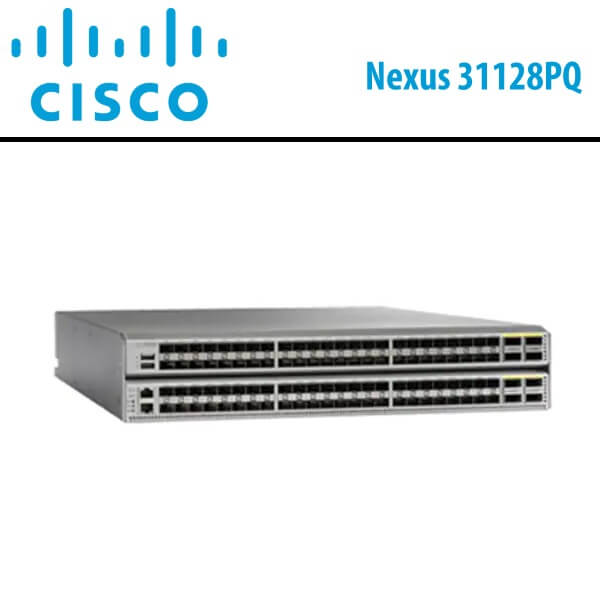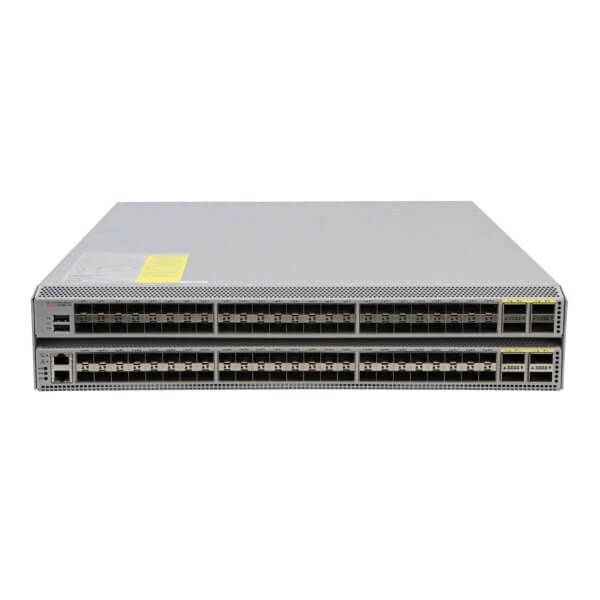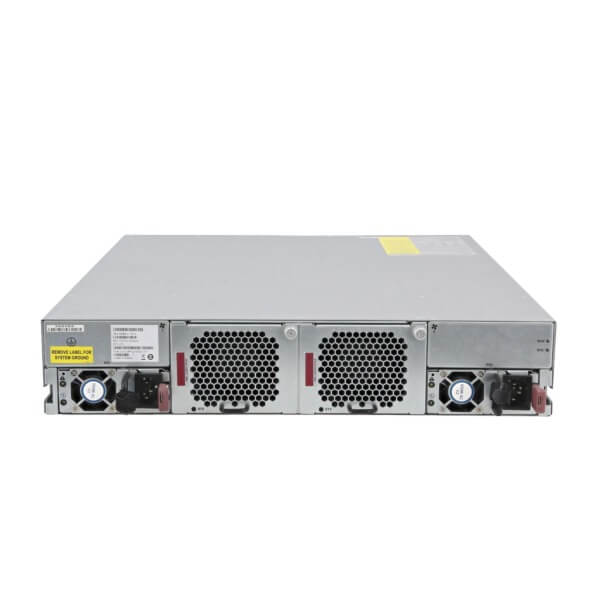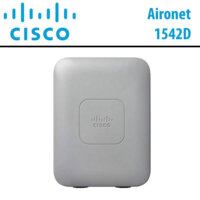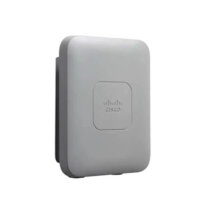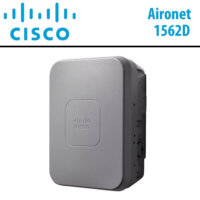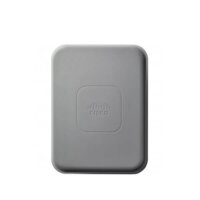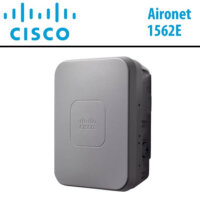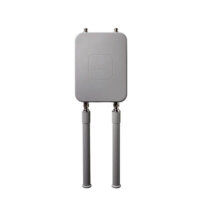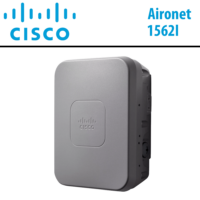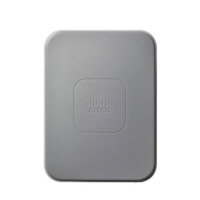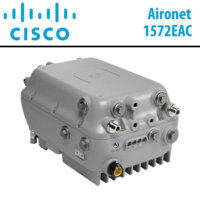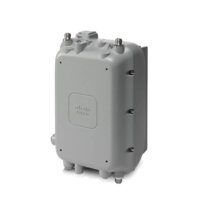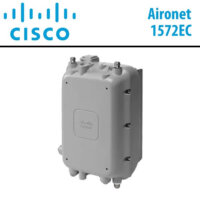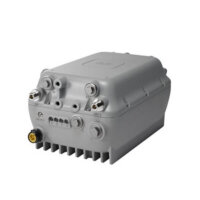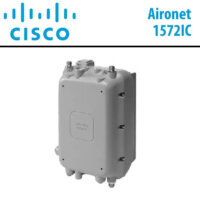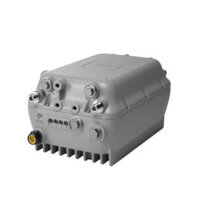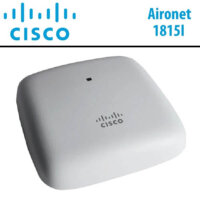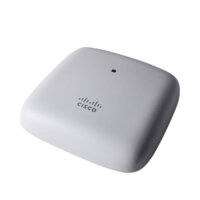Description
Cisco Nexus31128PQ Dubai
The Cisco Nexus31128PQ Dubai is presented in a compact two-rack-unit (2RU) form factor and operates on the industry-leading Cisco NX-OS Software operating system, delivering customers extensive features and functions with widespread deployment. Functioning as a dense, high-performance Layer 2 and 3 switch supporting 10- and 40-Gbps, this switch is a member of the Cisco Nexus 3100 switches family. The Cisco Nexus31128PQ Dubai incorporates the second-generation Cisco Nexus 3000 series, offering enhanced port density, scalability, and features when compared to the first-generation switches. It accommodates both forward and reverse airflow schemes (port side exhaust and port side intake) and supports AC and DC power inputs. Suited for data centers requiring a cost-effective, power-efficient, line-rate Layer 2 and 3 access or leaf switch, the Cisco Nexus31128PQ Dubai meets these demands effectively.
Features
Wire-rate Layer 2 and 3 switching on all ports
The Cisco Nexus31128PQ Dubai features Layer 2 and 3 switching of up to 2.5 Terabits per second (Tbps) and up to 1.4 Billion packets per second (bpps) is provided in a compact 2RU form-factor switch.
High availability
- Cisco Nexus31128PQ Dubai has Virtual PortChannel (vPC) technology providing Layer 2 multipathing through the elimination of Spanning Tree Protocol and enables fully utilized bisectional bandwidth and simplified Layer 2 logical topologies without the need to change the existing management and deployment models.
- The 64-way Equal-Cost Multipath (ECMP) routing enables the use of Layer 3 fat-tree designs and allows organizations to prevent network bottlenecks, increase resiliency, and add capacity with little network disruption.
- Hot swappable Power-Supply Units (PSUs) and fans.
High Performance
The Cisco Nexus31128PQ Dubai delivers low nominal latency, which enables customers to implement high-performance infrastructure for High-Frequency Trading (HFT) and High-Performance Computing (HPC) workloads.
Purpose-built Cisco NX-OS operating system with comprehensive, proven innovations
- PowerOn Auto Provisioning (POAP) enables touchless bootup and configuration of the switch, drastically reducing provisioning time.
- Cisco Embedded Event Manager (EEM) and Python scripting enable automation and remote operations in the data center.
- Advanced buffer monitoring reports real-time buffer utilization per port and per queue, which allows organizations to monitor traffic bursts and application traffic patterns.
- Ethanalyzer is a built-in packet analyzer for monitoring and troubleshooting control-plane traffic and is based on the popular Wireshark open source network protocol analyzer.
- Precision Time Protocol (PTP; IEEE 1588) provides accurate clock synchronization and improved data correlation with network captures and system events.
- Complete Layer 3 unicast and multicast routing protocol suites are supported, including Border Gateway Protocol (BGP), Open Shortest Path First (OSPF), Enhanced Interior Gateway Routing Protocol (EIGRP), Routing Information Protocol Version 2 (RIPv2), Protocol Independent Multicast Sparse Mode (PIM-SM), Source-Specific Multicast (SSM), and Multicast Source Discovery Protocol (MSDP).
Cisco Nexus31128PQ Specifications
| Description | Specification | |
| Physical | 2RU fixed form-factor switch
8 QSFP+ ports 96 SFP+ ports 2 redundant power supplies 2 redundant (1+1) fans (2 rotors per fan) Management, console, and 2 USB flash-memory ports |
|
| Performance | 2.5 Tbps switching capacity
Forwarding rate up to 1.4 bpps Line-rate traffic throughput (both Layer 2 and 3) on all ports Configurable Maximum Transmission Units (MTUs) of up to 9216 bytes (jumbo frames) |
|
| Hardware tables and scalability | Number of MAC addresses | 288,000 |
| Number of VLANS | 4096 | |
| Number of spanning-tree instances | RSTP : 512
MSTP : 64 |
|
| Number of Access Control List (ACL) entries | 4000 ingress
1000 egress |
|
| Routing table | 16,000 prefixes and 16,000 host entries
8000 multicast routes |
|
| Number of EtherChannels | 64 (with vPC) | |
| Number of ports per EtherChannel | 16 | |
| Buffer size | 12 MB shared | |
| Boot flash memory | 64 GB SSD | |
| Power | Frequency | 50 to 60 Hz |
| Power supply types | AC (forward and reversed airflow)
DC (forward and reversed airflow) |
|
| Typical operating power | 148 watts (W) | |
| Maximum power | 413 watts (W) | |
| AC PSUs
Input voltage Frequency Efficiency |
100 to 240 VAC 50 to 60 Hz 89 to 91% at 220V |
|
| DC PSUs
Input voltage Maximum current (PSU output – System input) Efficiency |
-40 to -72 VDC 78A 85 to 88% |
|
| Power-supply efficiency | 89 to 91% at 220V | |
| Typical heat dissipation | 505 BTU/hr | |
| Maximum heat dissipation | 1409 BTU/hr | |
| Cooling | Forward and reversed airflow schemes
Forward airflow : Port-side exhaust (air enters through fan tray and power supplies and exits through ports); supported with AC and DC power supplies Reversed airflow : Port-side intake (air enters through ports and exits through fan tray and power supplies); supported with AC power supply only Redundant fans Hot swappable (must swap within 1 minute) |
|
| Sound | Measured sound power (maximum)
Fan speed : 40% duty cycle Fan speed : 70% duty cycle Fan speed : 100% duty cycle |
66.1 dBA 70.6 dBA 76.9 dBA |
| Environment | Dimensions (height x width x depth) | 3.39 x 17.40 x 23.70 in. (8.6 x 44.2 x 60.2 cm) |
| Weight | 22.2 lb (10.1 kg) | |
| Operating temperature | 32 to 122°F (0 to 50°C) | |
| Storage temperature | -40 to 158°F (-40 to 70°C) | |
| Operating relative humidity | 10 to 85% non-condensing
Up to 5 days at maximum (85%) humidity Recommend ASHRAE data center environment |
|
| Storage relative humidity | 5 to 95% non-condensing | |
| Altitude | 0 to 10,000 ft (0 to 3000m) | |
Software features
| Description | Specification |
| Layer 2 | Layer 2 switch ports and VLAN trunks
IEEE 802.1Q VLAN encapsulation Support for up to 4096 VLANs Rapid Per-VLAN Spanning Tree Plus (PVRST+) (IEEE 802.1w compatible) MSTP (IEEE 802.1s) : 64 instances Spanning Tree PortFast Spanning Tree Root Guard Spanning Tree Bridge Assurance Cisco EtherChannel technology (up to 16 ports per EtherChannel) LACP : IEEE 802.3ad vPC Advanced PortChannel hashing based on Layer 2, 3, and 4 information Jumbo frames on all ports (up to 9216 bytes) Storm control (unicast, multicast, and broadcast) Private VLANs NvGRE Entropy Resilient Hashing |
| Layer 3 | Layer 3 interfaces : Routed ports on interfaces, Switch Virtual Interfaces (SVIs), PortChannels, and subinterfaces (total : 1024)
64-way ECMP 4000 ingress and 1000 egress ACL entries Routing protocols : Static, RIPv2, EIGRP, OSPFv2, and BGP Bidirectional Flow Detection (BFD) for BGP HSRP and VRRP ACL : Routed ACL with Layer 3 and 4 options to match ingress and egress ACLs VRF : VRF-lite (IP VPN), VRF-aware unicast (BGP, OSPF, and RIP), and VRF-aware multicast uRPF with ACL; strict and loose modes Jumbo frame support (up to 9216 bytes) Advanced BGP features including BGP add-path for eBGP and iBGP, remove-private-as enhancements and eBGP next hop unchanged IP-in-IP Tunnel support VXLAN |
| Multicast | Multicast : PIMv2, PIM-SM, and PIM-SSM
Bootstrap Router (BSR), Automatic Rendezvous Point (Auto-RP) and Static RP Multicast Source Discovery Protocol (MSDP) and Anycast RP Internet Group Management Protocol (IGMP) Versions 2 and 3 |
| Quality of service (QoS) | Layer 2 IEEE 802.1p (Class of Service [CoS])
8 unicast and 8 multicast hardware queues per port Per-port QoS configuration CoS trust Port-based CoS assignment Modular QoS CLI (MQC) compliance ACL-based QoS classification (Layers 2, 3, and 4) MQC CoS marking Differentiated Services Code Point (DSCP) marking Weighted Random Early Detection (WRED) CoS-based egress queuing Egress strict-priority queuing Egress port-based scheduling : Weighted Round-Robin (WRR) Explicit Congestion Notification (ECN) Priority Flow Control (with 3 no-drop queues and 1 default queue with strict priority scheduling between queues Policy Based Routing (PBR) |
| Security | Ingress ACLs (standard and extended) on Ethernet
Standard and extended Layer 3 to 4 ACLs : IPv4, Internet Control Message Protocol (ICMP), TCP, User Datagram Protocol (UDP), etc. VLAN-based ACLs (VACLs) Port-based ACLs (PACLs) Named ACLs ACLs on virtual terminals (vtys) DHCP snooping with Option 82 Port number in DHCP Option82 DHCP relay Dynamic Address Resolution Protocol (ARP) inspection Configurable CoPP SPAN with ACL Filtering |
| Management | Switch management using 10/100/1000-Mbps management or console ports
CLI-based console to provide detailed out-of-band management In-band switch management Locator and beacon LEDs Port-based locator and beacon LEDs Configurable CoPP Configuration rollback SSHv2 Telnet AAA AAA with RBAC RADIUS TACACS+ Syslog Syslog generation on system resources (for example, FIB tables) Embedded packet analyzer SNMP v1, v2, and v3 Enhanced SNMP MIB support XML (NETCONF) support Remote Monitoring (RMON) Advanced Encryption Standard (AES) for management traffic Unified username and passwords across CLI and SNMP Microsoft Challenge Handshake Authentication Protocol (MS-CHAP) Digital certificates for management between switch and RADIUS server Cisco Discovery Protocol Versions 1 and 2 RBAC Cisco SPAN on physical, PortChannel, VLAN, and Fibre Channel interfaces ERSPAN Ingress and egress packet counters per interface PTP (IEEE 1588) boundary clock Network Time Protocol (NTP) Cisco OHMS Comprehensive bootup diagnostic tests Cisco Call Home Cisco DCNM Advanced buffer monitoring Linux Bash NX-API |
